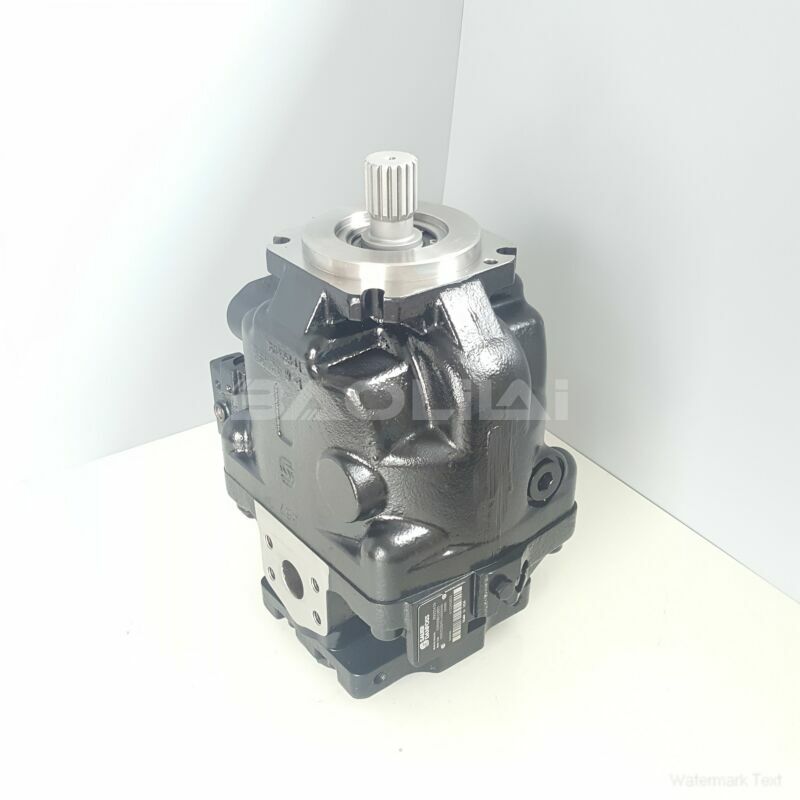ERR100BLS2220NNN3S1BPA1NNNNNNNNNN hydraulic pump
ERR100BLS2220NNN3S1BPA1NNNNNNNNNN hydraulic pump

- Product Details
- Applicable Scene
Plunger pumps are essential in various industrial applications due to their ability to handle high pressures and thick fluids. However, these pumps can sometimes experience issues that lead to elevated pressure levels, which can cause damage to the system or impede its performance. Troubleshooting high pressure in plunger pumps involves understanding the potential causes and implementing effective solutions. Here are some steps and considerations for diagnosing and resolving high-pressure issues in plunger pumps.
ER-R-100B-LS-22-20-NN-N-3-S1BP-A1N-NNN-NNN-NNN
ERR100BLS2220NNN3S1BPA1NNNNNNNNNN
Check System Design Specifications

83032353
Before jumping into troubleshooting, review the pump’s specifications and ensure it is suitable for the application. Confirm that the pump’s pressure ratings match the system requirements. If the pump is undersized or the application has changed (e.g., fluid viscosity has increased), you may need a different pump or adjustments to your system.
Inspect for Blockages in the System
High pressure can result from blockages in the inlet or discharge lines. Inspect hoses, pipes, and filters for any obstructions or buildup. Common culprits include sediment, debris, or crystallized fluid. Remove any blockages to restore normal flow and pressure levels.
Examine the Plunger and Cylinder
Wear or damage to the plunger or cylinder can lead to inefficient pumping and pressure build-up. Check for signs of wear, scoring, or pitting. If there is significant damage, you may need to replace the plunger or the entire pumping assembly.
Evaluate the Check Valves
The check valves in plunger pumps are critical for preventing backflow and maintaining pressure. Inspect the check valves for debris, wear, or misalignment. If a valve is not sealing properly, it may cause pressure fluctuations. Cleaning or replacing defective check valves can alleviate pressure issues.
Monitor the Drive System
High pressure can also arise from issues in the pump’s drive mechanism. Ensure the motor is operating correctly and that the drive belts and couplings are in good condition. Any slippage or misalignment can lead to inconsistencies in pump performance and increased pressure.





